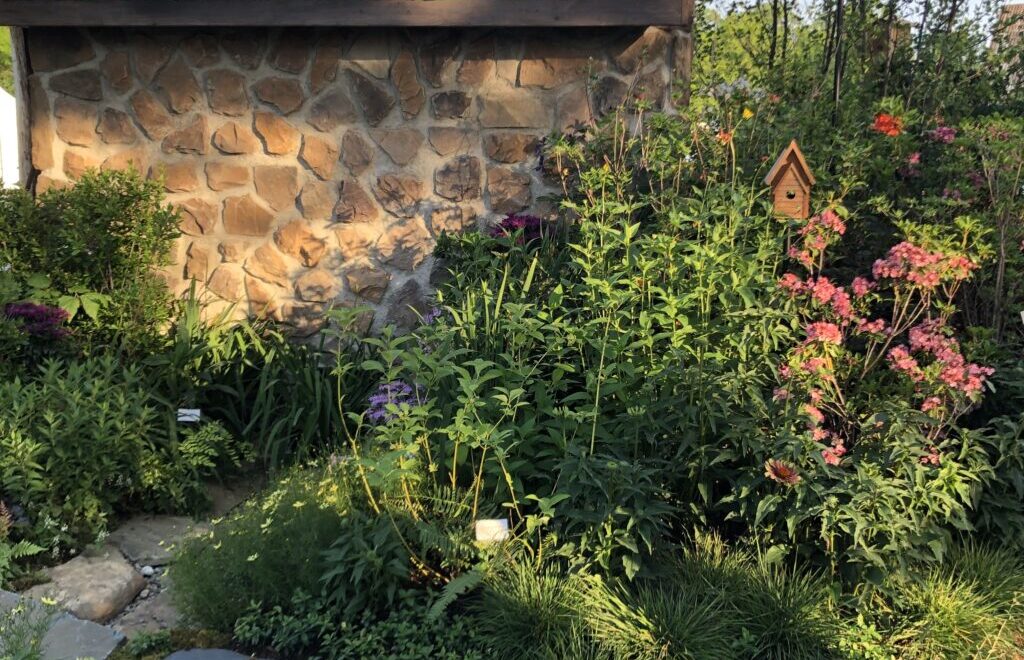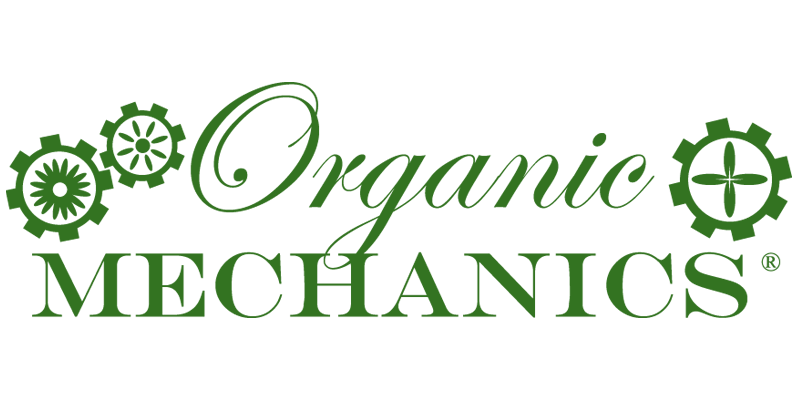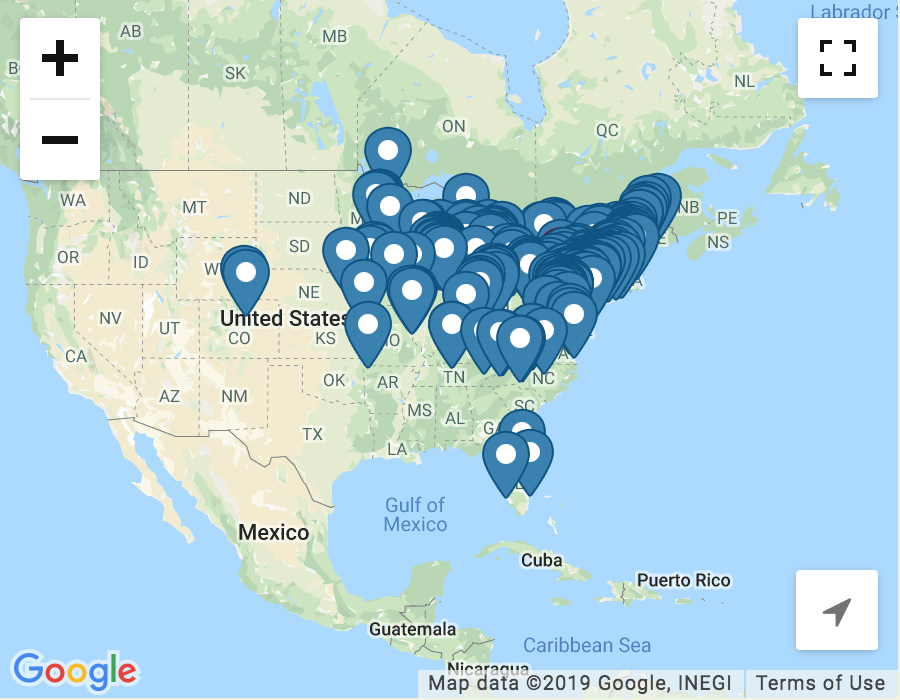Native plants have been getting a lot more attention from both professional and home gardeners in recent years. As well they should. Some of the many reasons folks are more interested in using natives are their resiliency in the landscape, adaptability to rain and drought, tolerance of pretty much any soil and fertility conditions possible, and—probably the characteristic getting the most airplay—their benefits to creatures of all kinds, especially pollinators.
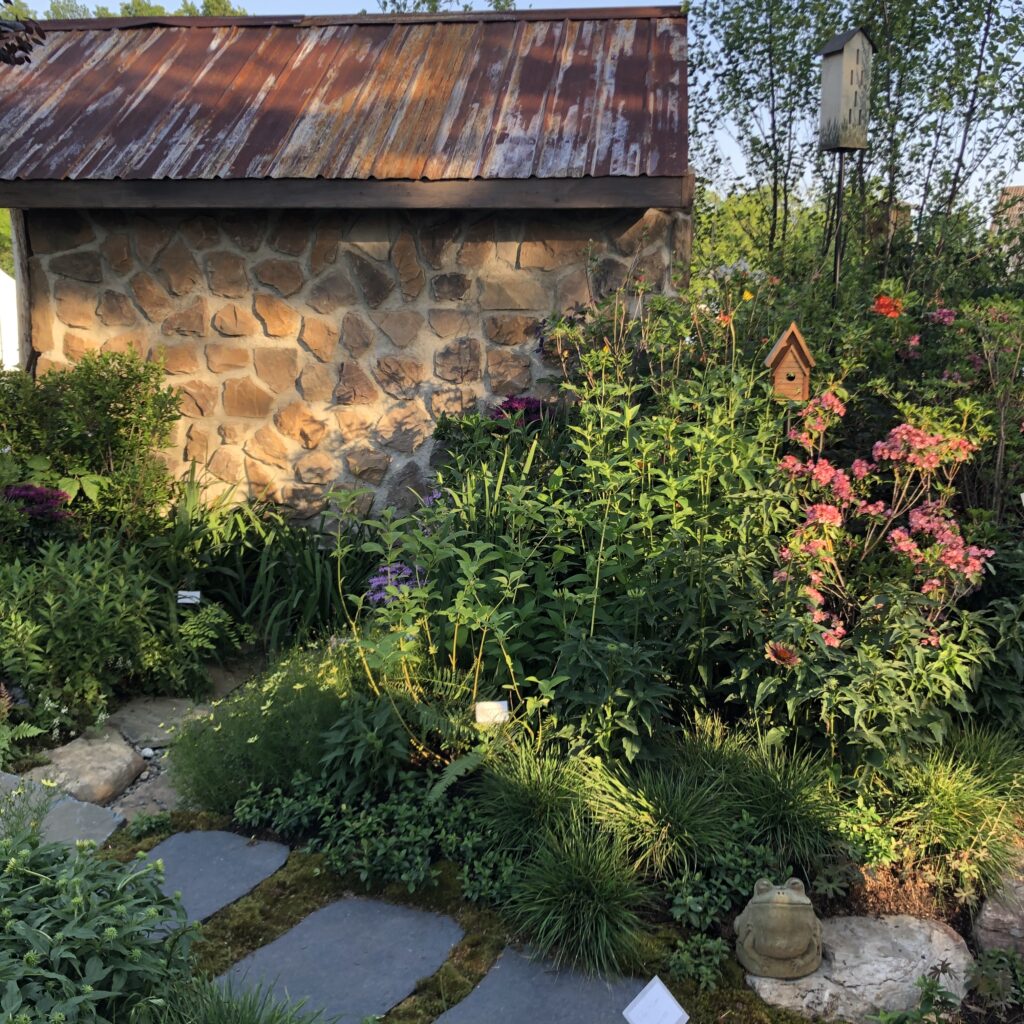
In other words, native plants are sustainable plants. And using sustainable plants is an important component in the overall sustainability and resilience of your yard, garden and landscape. The plants, the soil, the nutrition, their fellow flora and fauna—all of these are threads that are woven together to create a landscape that lives in sync with nature.
You want to do right by your environment and the creatures that visit your property. You’re wondering where to begin. Great! We’ve pulled together some tips to get your native plant garden off the ground—or more accurately, in the ground.
What Is a Native Plant, Anyway?
A native plant is any plant that has been growing in a particular area before humans settled into that location. Their longevity in that area is possible because they have evolved to handle the local weather and growing conditions.
Start With What You Have
Assess your current landscape and its contents. It’s really up to you what you want to keep. If removing trees and established shrubs are too much of a hassle, incorporate them into your changing design. If your current plantings are not much of a hassle—they aren’t asking too much of you in the way of water, pest control, pruning and so forth—keep them and build your native plantings around them.
Assess your soil conditions, too. While native plants can handle most any soil they get plunked into, knowing if your soil is more clay than loam or more wet than dry will help you determine what plants are better suited for your soils.
While you are assessing, take note of your sun/shade exposure and any rain-event water patterns, too. All of this information will help in choosing which native plants will be most successful in your space.
The Right Plant In the Right Place
You love ferns, and perhaps the Northern Maidenhair Fern (Adiantum pedantum) is native to your region. But if you plant it in full sun, this forest-dwelling shade plant will not thrive. Find the native plants that will grow and grow successfully in the conditions your landscape provides.
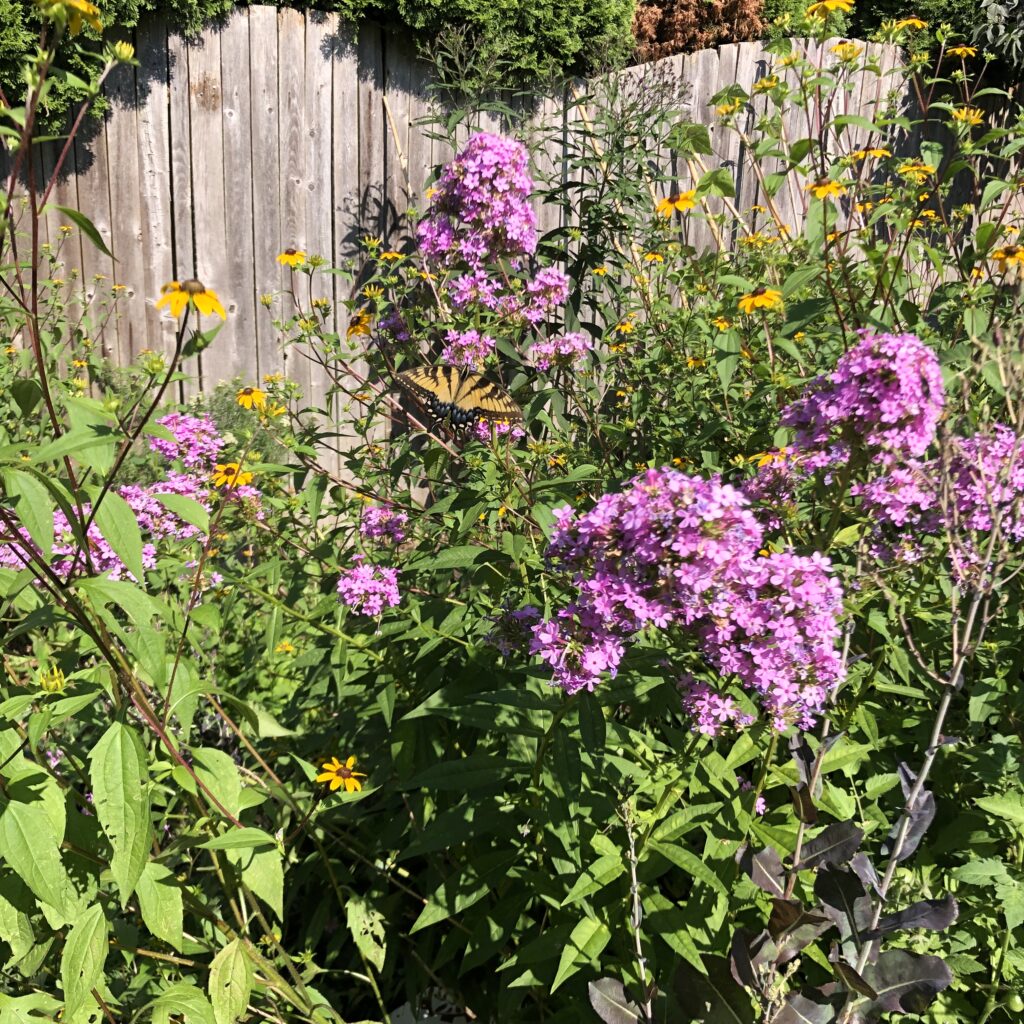
More Is Better
Look to nature and you’ll see that natural landscapes blend a diversity of plants and plant types. And there’s rarely just one of anything. With this in mind:
- Plant several of the same plants together in groups of three or more—five, if your space can handle it.
- Plant a variety of plants in an area—and repeat the plantings. You may plant a group of echinacea, and next to it a grouping of rudbeckia, and next to that you’ll repeat the echinacea and so on.
- Layer your planting area as you might see in nature, using low-growing plants in front, medium-height plants next, followed by larger items such as shrubs.
- Plant everything close together. This technique leads to the plantings growing into one another and shading the ground. This helps prevent weed growth, cools the soil and slow evaporation.
Consider the Creatures
The creatures of the natural world have had a hard time coming by food, water and shelter with their natural habitats being developed for human use. Even the typical American yard can be slim pickings for birds, insects and (acceptable) mammals looking for nutrition. Do your neighborhood’s non-human populations a good turn by incorporating native perennials, shrubs and trees that have nectar, seeds and structures that provide nesting and sheltering opportunities. The U.S. Forest Service has an EXCELLENT EXPLANATION of what you can do to provide for pollinators.
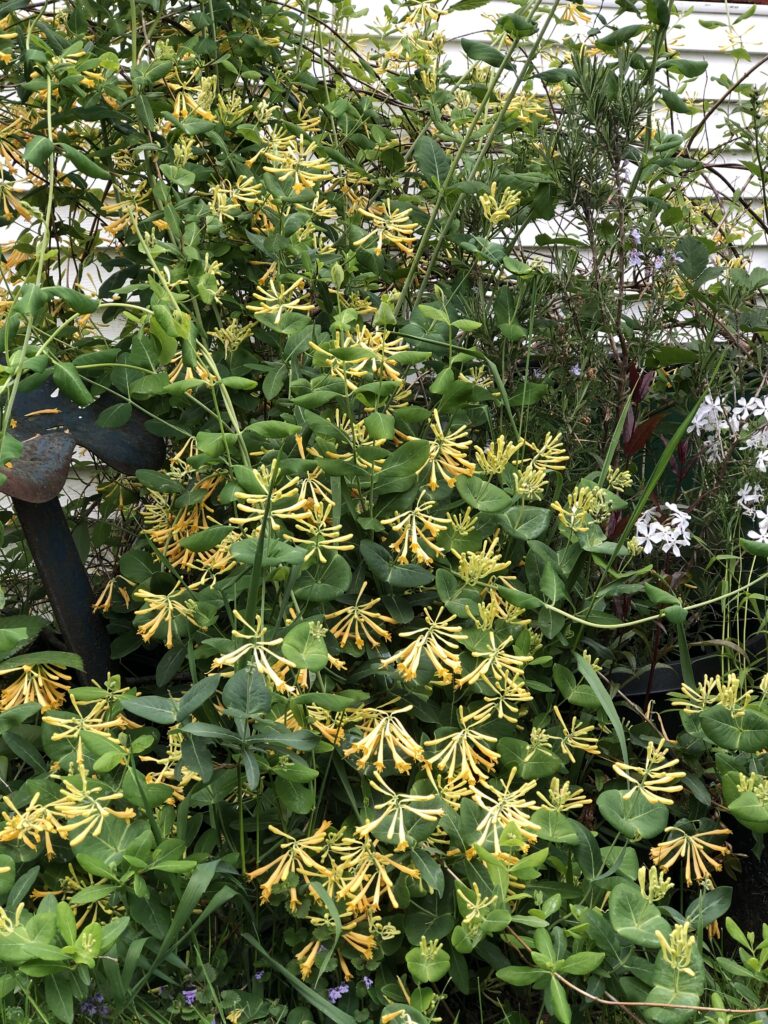
Don’t Be Overwhelmed
The whole breadth of the natural plant world’s offerings can be overwhelming! Take heart in the fact that your options are not never-ending. Your native plants are limited to your own region. Start from there. Then remember the “right plant in the right place” discussed above. From there, your options are much more manageable. Then pick the native plants that appeal to you and your pollinator friends the most. The folks at GardenDesign.com have put together a listing of NATIVE PLANTS BY REGION, and this can be a really great jumping-off place for you.
Also keep this in mind: You don’t need a soccer pitch-sized yard filled with native plants to do some good for pollinators. Any amount of space will do, frankly. If all you have room for—or all you can manage for now—are a few containers filled with natives on your patio, that’ll do. You’ll still be providing food and shelter. Plus, you’ll get a front row seat to nature at work.
Additional Resources
In our research for this post, our friends at Izel Native Plants provided some wonderfully researched information about considerations for creating a native garden, and you should definitely READ IT to expand your knowledge on the topic. Other resources include:
- U.S. Forest Service: Why Garden With Native Wildflowers?
- U.S. Forest Service: Basic Instructions for Native Plant Landscaping Projects
- U.S. National Park Service: Gardening for Wildlife with Native Plants
Biochar Blend
By definition, native plants require little to no additional fertilization. So where does that leave us, an organic soils and amendments manufacturer? We’re glad you are committing to treating your landscape with the kindness it deserves. What’s good for the Earth is good for us all.
If there is a way we can suggest to get your native plantings established, it would be to add our Biochar Blend or our biochar-based Fuhgeddaboudit! Root Zone Feeder Packs. Depending on your soil conditions, incorporating some Biochar Blend at the time of planting will help get those roots engaging with the soil microbiome quickly, which leads to them becoming established faster. Plus, Biochar remains in the soil throughout the plants’ life, so you’ll get the year-after-year benefits that the product provides. Learn more about our Biochar Blend HERE and our Fuhgeddaboudit! Root Zone Feeder Packs HERE.

